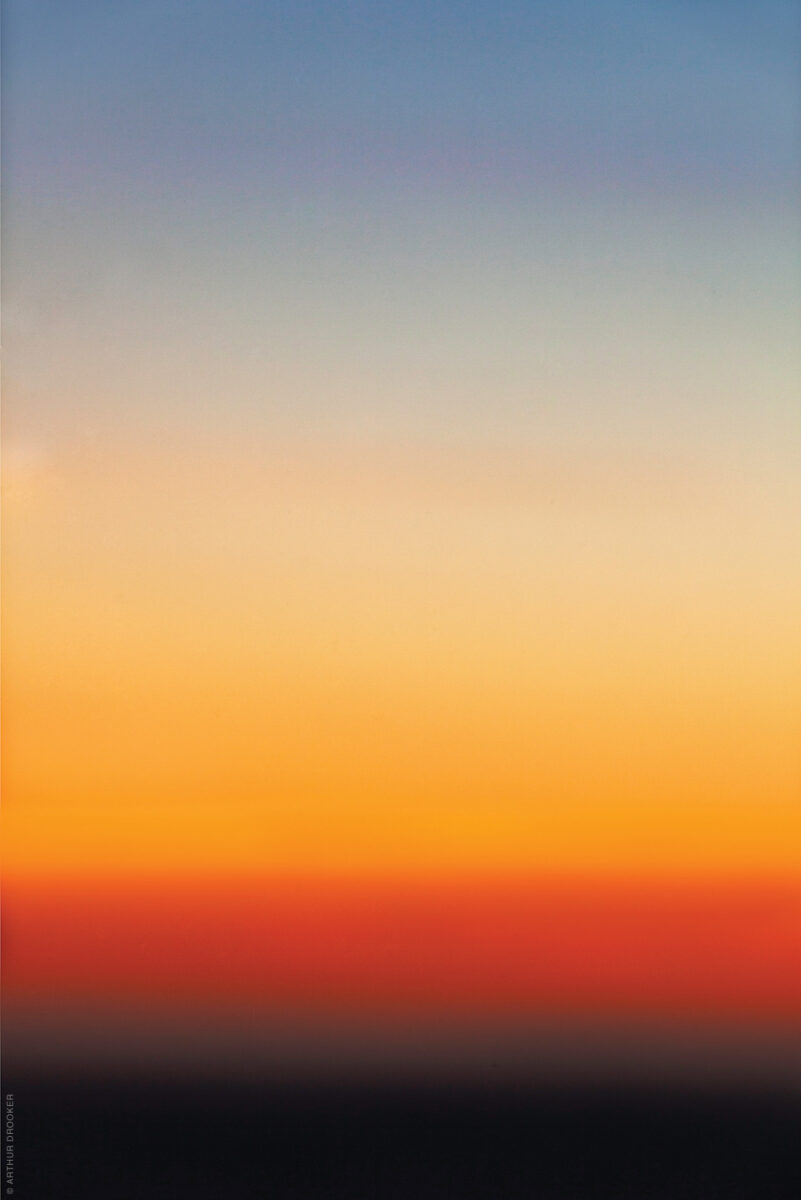
New photographs by Arthur Drooker C’76 explore the elusive moments before dusk when “vivid colors paint the sky with magic and mystery.”
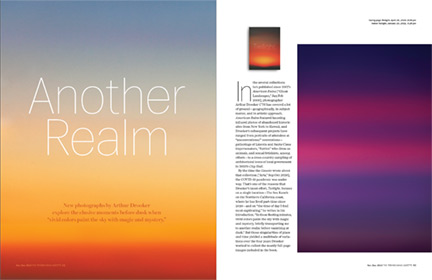
In the several collections he’s published since 2007’s American Ruins [“Ghost Landscapes,” Jan|Feb 2008], photographer Arthur Drooker C’76 has covered a lot of ground—geographically, in subject matter, and in artistic approach. American Ruins featured haunting infrared photos of abandoned historic sites from New York to Hawaii, and Drooker’s subsequent projects have ranged from portraits of attendees at “unconventional” conventions—
gatherings of Lincoln and Santa Claus impersonators, “furries” who dress as animals, and sexual fetishists, among others—to a cross-country sampling of architectural icons of local government in 2020’s City Hall.
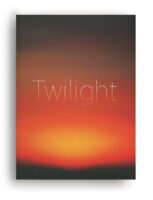
By the time the Gazette wrote about that collection [“Arts,” Sep|Oct 2020], the COVID-19 pandemic was under way. That’s one of the reasons that Drooker’s latest effort, Twilight, focuses on a single location—The Sea Ranch on the Northern California coast, where he has lived part-time since 2020—and on “the time of day I find most captivating,” he writes in his introduction. “In those fleeting minutes, vivid colors paint the sky with magic and mystery, briefly transporting me to another realm before vanishing at dusk.” But those singularities of place and time yielded a multitude of variations over the four years Drooker worked to collect the mostly full-page images included in the book.
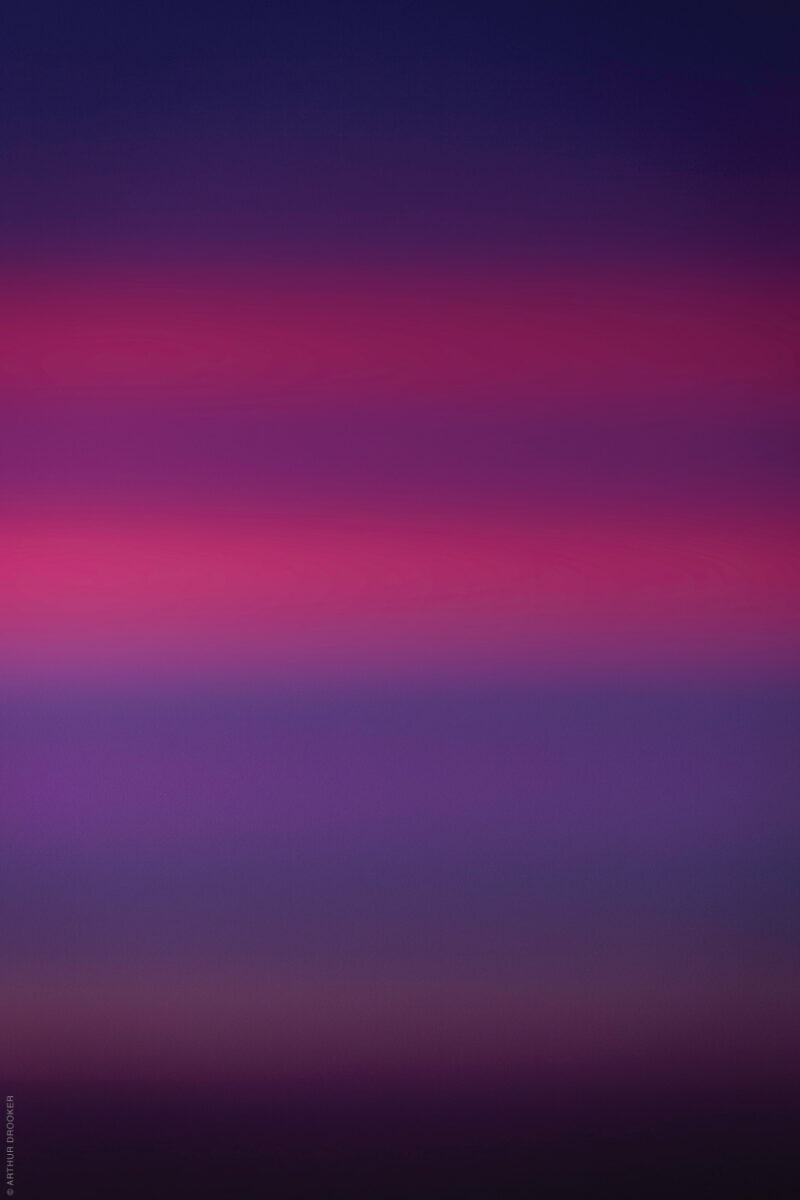
The project presented a number of technical, artistic, and even philosophical challenges involving how best to define and capture twilight’s essence, giving full rein to Drooker’s abiding interest in photographic methods. First of all, each day’s potential images were subject to the prevailing weather—overcast nights were out, and too clear ones yielded a twilight that “while certainly pretty, lacks variation and interest,” he writes. “A clear horizon and clouds scattered above” offered the best environment, he discovered. “This combination results in memorable images with bands of color and mesmerizing transitions between them.”
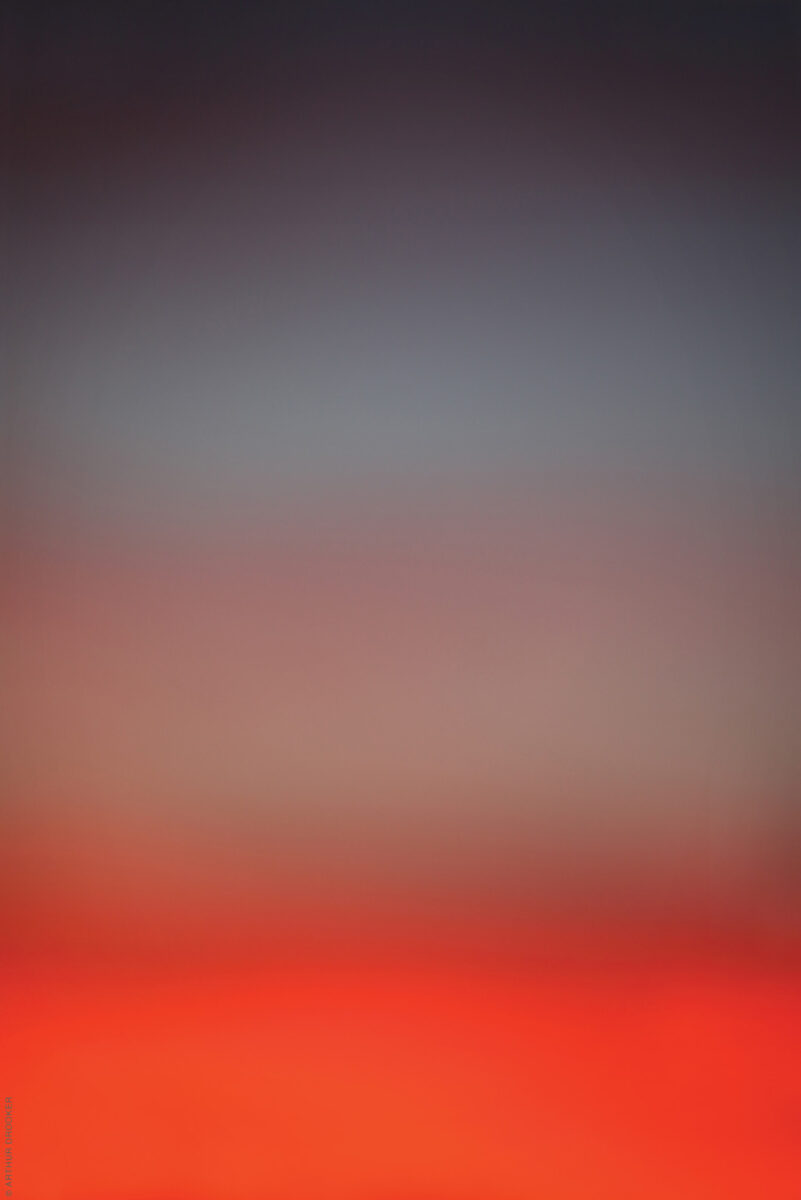
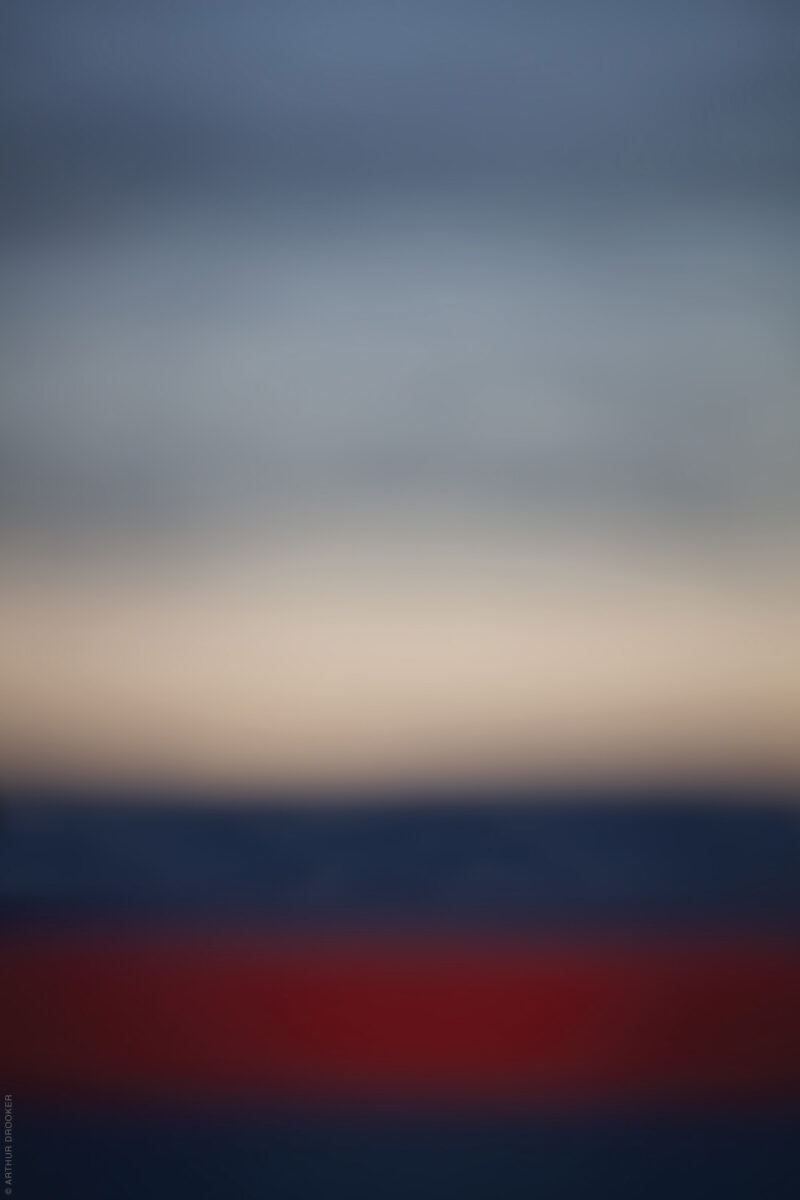
And then there is the question of perception. Twilight looks different to the human eye and the digital camera, and yet again when printed on the page, Drooker notes. “So which version of twilight is the most accurate? They all are. That is my conclusion after failing to reproduce twilight as I initially perceived it or at least remembered it,” he writes. “Twilight is as elusive in photographic technology as it is in nature. Rather than fight it, I accepted this fact as intrinsic to twilight’s character.”
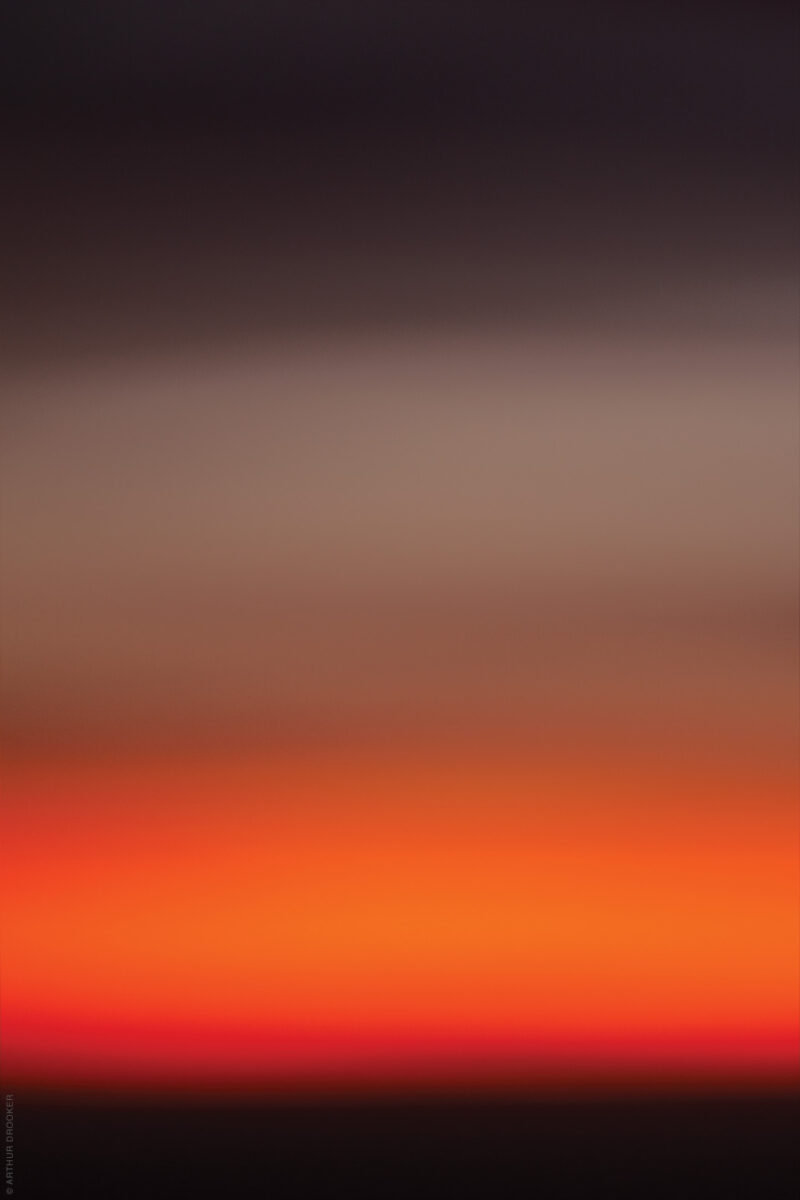
After some initial attempts photographing in sharp focus, and finding the resulting images “too literal, too predictable,” one evening he turned to soft focus instead. “Looking through the viewfinder, all earthly indicators disappeared, and I entered a realm of color and light that I never knew existed. I wasn’t looking at twilight, I was in it. I was among the clouds, enveloped by misty bands of color and immersed in their transitions. It was one of the most profound experiences I’ve ever had in my life. At that moment, this series began.” —JP
To order, visit arthurdrooker.com.




